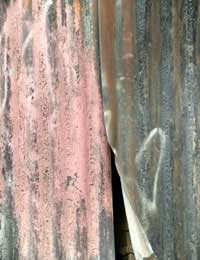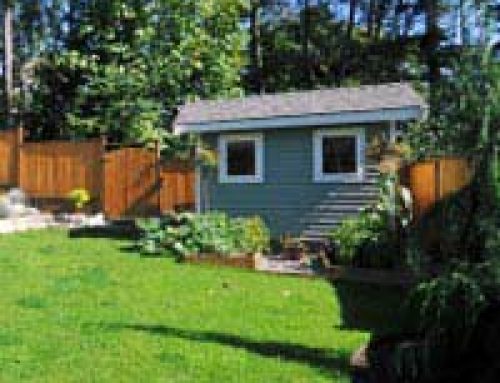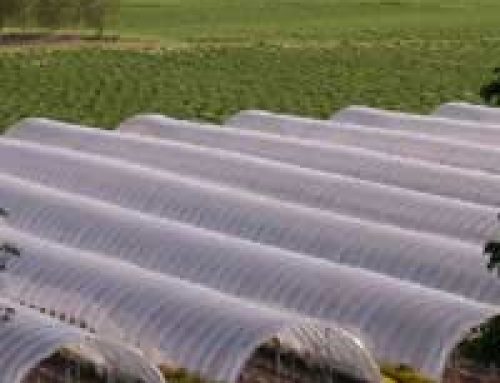
Metal garden buildings are durable and long-lasting as long as they have been proofed against rust and other corrosion. Maintenance should be straightforward and repair should really only be necessary if damage has occurred or the building is very old.
Keeping Metal Buildings Straight
The sheets of metal that make up the walls and roofs of a metal garden building do not have a great deal of torsional strength so they will bend. To prevent this there will be a metal frame, sometimes separate, sometimes pre-fixed to each panel. There will also often be cross braces of angled steel bars attached to each panel.
Keeping this structure true and level should be the only major worry in terms of maintenance for the first ten to twenty years. Because they are very light, metal garden buildings can be uprooted if high winds get inside the structure so it’s important to make sure that door hinges are in good shape and that doors fit well and shut properly. Also check the anchor points where the shed or storage unit is secured to the ground or base platform.
Galvanised Metal Buildings and Corrosion
Most metal garden buildings come with perforation guarantees of between ten and fifteen years, so the manufacturers are not expecting corrosion to be a problem. Nearly all metal garden buildings available in the United Kingdom these days are made of galvanised steel which is very resistant to corrosion but eventually will break down.
When rust does begin to get a hold, repairs can be made using products for the motor trade such as rust inhibitors and fillers. If a large hole has appeared it can be patched with a glass fibre car repair kit or by gluing a steel or alloy plate over it with one of the two-part metal glues available under a variety of brand names.
For a large hole consider drilling and riveting the plate in place while the two-part compound cures. The rivets will hold it in place while the glue seals the edges as well as sticking the two together.
Repair of Accident Damage
This process can also be used for a metal garden building that suffers accident damage, if a vehicle or large piece of garden equipment hits the building. Dents and twists can be hammered out then splits joined with reinforcing plates behind them. Use rivets or nuts and bolts if you don’t have a riveter, to hold the plates in place while the glue cures.
Some manufacturers will supply replacement panels and other parts which might be a better way to go if the damage is at a corner and has compromised the structural integrity of the building. Disassembly, replacement and reassembly shouldn’t be too difficult, particularly if you assembled the building yourself in the first place.
Once the damaged panels are out, rather than throwing them away you could consider hammering them back into shape. This will be a lot easier than trying to get them back into shape while still attached to the building and you might be able to restore some of them to a point where they can themselves be used in the future.
Switching Panels to Make a Garden Building Look Better
If you can’t get replacement panels and the damage is more cosmetic than structural you could consider using this method. Take the damaged panels off and hammer them back into shape as best you can. Then fix any tears, splits or holes using the methods described above.
Finally, swap the damaged panels with panels at the back of the garden building, or a side that’s hidden from view. Most manufacturers design the panels carefully so that they only have to construct one or two shapes that fit in all places, so this should be possible. Then at least the damaged portion is hidden from view.
Replacing the Protection of Galvanisation
Unfortunately most of the methods that we’ve talked about above will damage the galvanising layer of the sheet steel. This is a layer of zinc that’s coated over the steel at the factory. Once a repair has been made it is impractical to re-galvanise the building or panel, so the only alternative is to paint over the area with a zinc-rich primer and follow up with zinc-rich paint.
The finish and the protection won’t be as good as the original galvanisation but it’s important to do the best you can. Otherwise rust will quickly get a hold on the building, spreading from the repair outward.





Leave A Comment